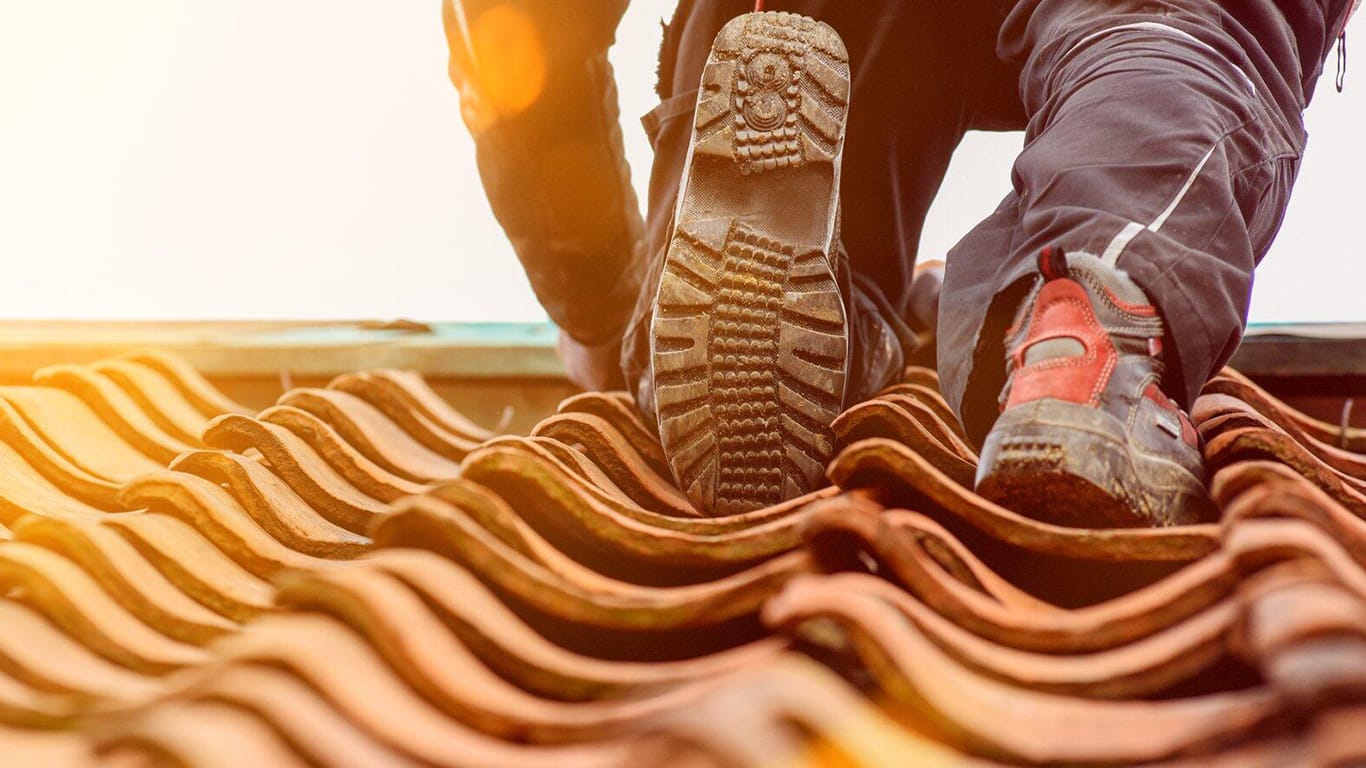Choosing the right roof tile material is a critical decision for any homeowner. Your roof not only protects your home from the elements but also contributes significantly to its overall aesthetic and value. Let’s delve into the pros and cons of four popular roof tile materials: ceramic, slate, concrete, and metal. Understanding the benefits and drawbacks of each can help you make an informed decision tailored to your specific needs.
Ceramic Roof Tiles
Ceramic roof tiles are a classic choice, known for their rich history and widespread use. These tiles come in a variety of styles and colours, often seen adorning traditional and Mediterranean-style homes. Their aesthetic appeal is undeniable, adding a timeless elegance to any structure. Don’t forget to check out the tile roof and shingles comparison guide first to know that you’re choosing the right option for your property.
Pros:
Ceramic tiles offer several advantages. They are incredibly durable and can last for decades with proper care. Their excellent thermal insulation helps keep your home cooler in the summer and warmer in the winter, contributing to energy efficiency. Plus, with a wide range of design options, you can find ceramic tiles that perfectly match your home’s style.
Cons:
On the downside, ceramic tiles tend to be more expensive than some other materials. They are also heavier, which means your roof may need additional structural support to handle the weight. Additionally, ceramic tiles can be susceptible to damage from heavy impacts, such as hail.
Slate Roof Tiles
Slate roof tiles are made from natural stone, offering a unique and sophisticated appearance. Often found on historic and high-end homes, slate tiles exude a sense of luxury and permanence.
Pros:
The primary benefit of slate tiles is their exceptional durability and longevity, often lasting up to 100 years or more. They require minimal maintenance and are naturally fire-resistant. Slate is also an environmentally friendly choice, as it is a natural material with minimal processing required.
Cons:
However, slate is one of the most expensive roofing materials available. Its heavy weight necessitates reinforced roofing structures, adding to the overall cost. Installation can be complex and costly, requiring skilled labour to ensure a proper fit.
Concrete Roof Tiles
Concrete roof tiles are manufactured from a mix of cement, sand, and water, and can be designed to mimic the appearance of other materials like wood or slate. They are versatile and suitable for various architectural styles.
Pros:
Concrete tiles are generally more cost-effective than natural stone options. They offer a wide range of design and colour choices, allowing for customisation to suit your home’s look. These tiles are durable and can withstand harsh weather conditions, making them a reliable option for many climates.
Cons:
Despite their durability, concrete tiles can absorb moisture, leading to potential mould and mildew issues. They are also heavy, requiring strong structural support. Over time, their colour may fade due to exposure to the elements, affecting their aesthetic appeal.
Metal Roof Tiles
Metal roof tiles are typically made from materials such as steel, aluminium, or copper. They provide a modern and industrial look that can complement contemporary and traditional homes alike.
Pros:
One of the main advantages of metal tiles is their lightweight nature, which reduces the structural load on your home. They have a long lifespan and are often recyclable, making them an eco-friendly option. Metal tiles are highly resistant to weather and fire, providing robust protection for your home.
Cons:
Metal roofs can be noisy during rain or hail unless properly insulated. They are also prone to denting from impacts like falling branches or hailstones. While they offer many benefits, metal tiles come with a higher upfront cost compared to other materials.
Checking Roof Supplier Reviews
Do you read reviews before you buy products online? This is something that you shouldn’t just limit to products. Instead, it’s beneficial to read reviews about companies too. In particular, when you’re trying to find a new roofing supplier, it helps to see what other customers are talking about. Indeed, you can read about their experience and make sure it’s a positive one.
So, what should you do when you’re reading roofing supplier reviews? Well, there are some elements you want to look for, and that can fill you with confidence before you order. Let’s take a look at what they are.
The Product Quality
First, you want to make sure that customers are happy with the quality of the roofing materials. Make sure you read about what they ordered and whether it was up to the standard they expected. Hopefully, the feedback is going to be positive and comment on its strength, durability and overall quality. If you see a lot of negative reviews when it comes to the products, this is when you need to question the supplier. You might feel comfortable ordering from another company so that you’re not taking any risks.
The Delivery Experience
Next, you want to evaluate the delivery experience. It’s likely that you have a deadline for your roofing project, and you need to ensure that you get the materials in plenty of time. Therefore, you need to check in the reviews whether the delivery was fast and if customers were impressed with the whole experience. So, make sure to read about the delivery times, shipping options and whether they got notifications for their order. Then, you know if you’ll be able to offer from this supplier with confidence.
The Customer Service
Do you need advice regarding roofing supplies? Sometimes, it helps to get in touch with the suppliers, and their experts can assist you. Well, before you do this, it’s good to read the reviews and see what type of service others had. They can comment on whether the team were polite and helpful and if they’re quick at getting back to you. Then, you don’t have to waste your time.
Conclusion
Choosing the right roof tile material involves balancing cost, durability, environmental impact, and aesthetic preferences. Each material—ceramic, slate, concrete, and metal—has its unique advantages and disadvantages. Consulting with roofing professionals can provide personalized advice to help you make the best decision for your home. With the right choice, you’ll ensure a beautiful, lasting, and protective roof for years to come.




